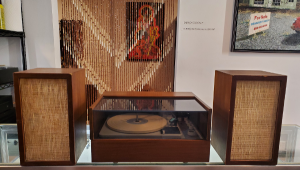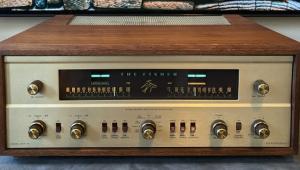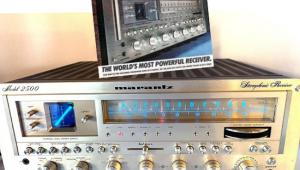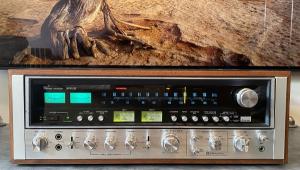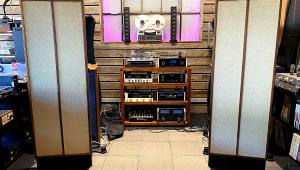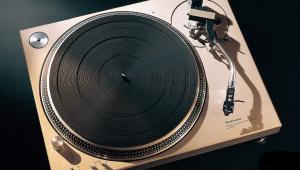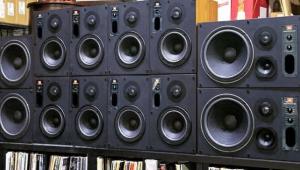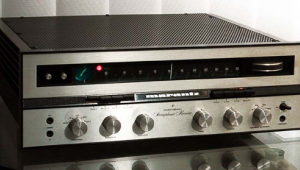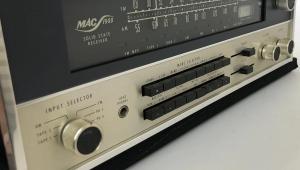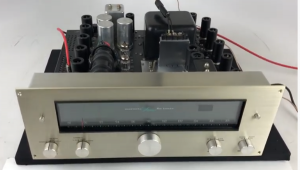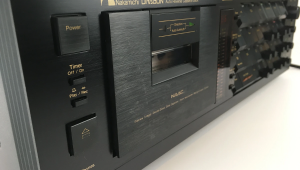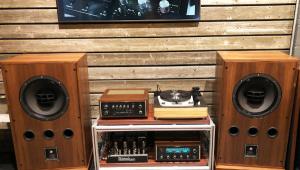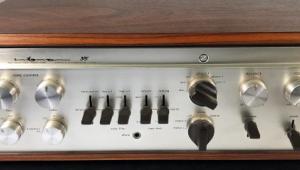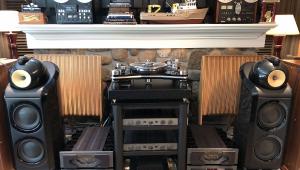The Grado Phono Cartridge: A Classic Lives On
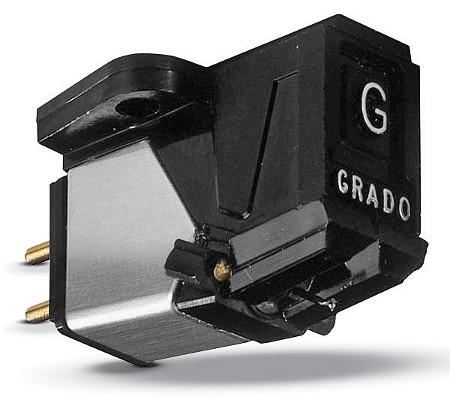
The cartridge’s stylus eventually wears out, and if you played as many records as I did, you’d have to replace the stylus or complete cartridge every year or so. I jumped from one brand to another, until I bought my first Grado in the early 1970s. It was an FTE+1, and I have to admit, its gray plastic body didn’t look all that impressive or high tech, but the sound was so much more dynamically alive and powerful than the Empire, Pickering, Shure, and Stanton cartridges that passed through my system. The FTE+1 was also one of the more affordable cartridges I’d bought at the time; it was just $15! Grado offered a dizzying range of models, and I eventually upgraded to the GTE+1, then the MTE+1, XTE+1, and ZTE+1. They all looked similar from the outside, and even today, much of Grado’s line, including the entry-model Prestige Black pictured above ($60), still closely resembles those early designs. The differences were in the quality of the moving parts; the better models retained the signature Grado sound, but they were more refined and natural sounding.
Grado Labs is still located in a small, four-story building in the Sunset Park neighborhood in Brooklyn where Joe Grado started making phono cartridges in 1958. John Grado (Joe’s nephew) took over day-to-day operations after he graduated from college in the late 1970s, when the company was producing 10,000 cartridges a week (520,000 a year) and dealers’ orders were backlogged by as much as six months.
Grado is still making cartridges by hand, and today the line runs from the Black all the way up to the flagship $3,000 Statement 1 cartridge—the ultimate Grado.
- Log in or register to post comments
